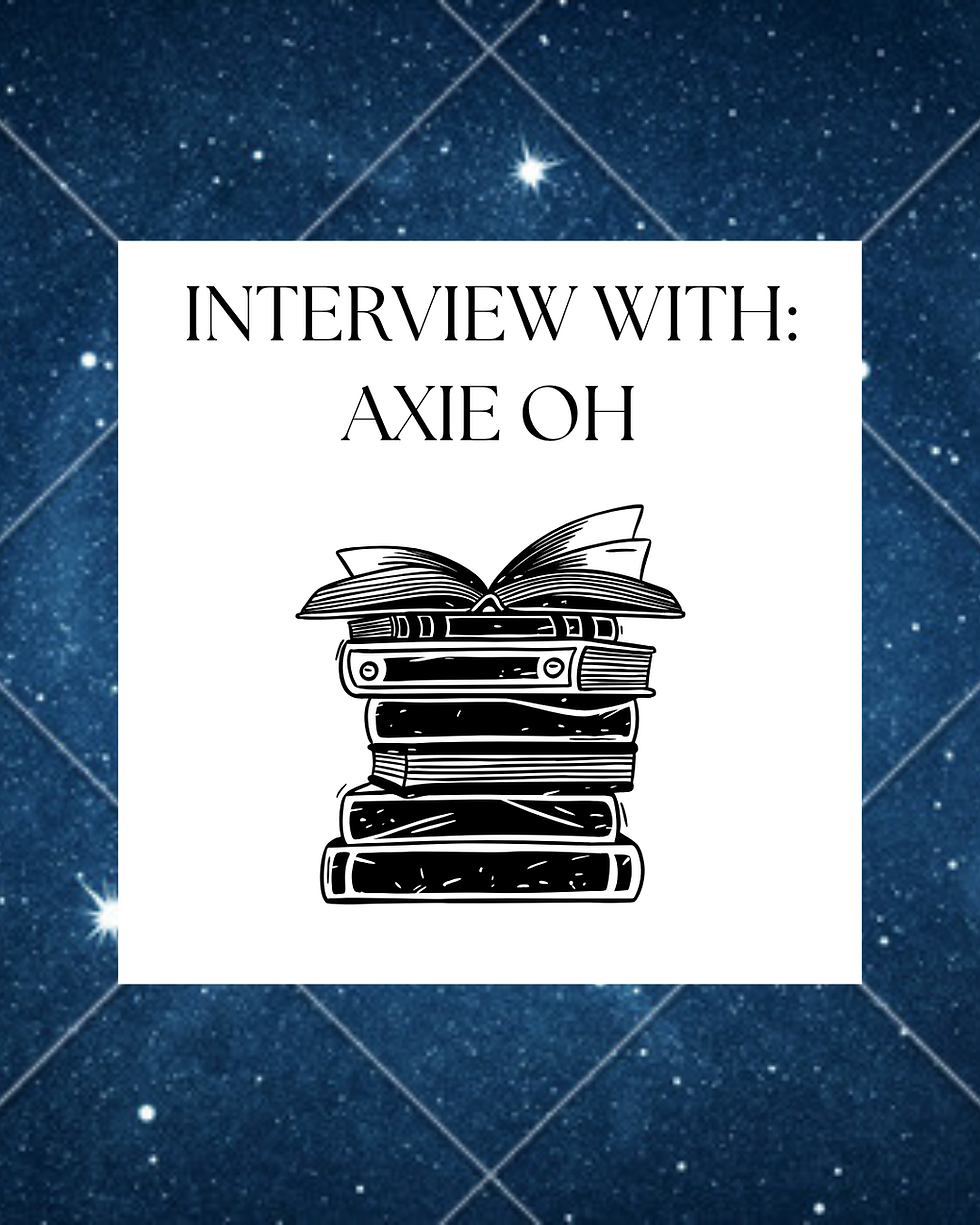Redefining Romance Tropes, Miscommunication, and Belonging in The Break-up Clause: An Interview
- The Publishing Post

- Jul 4, 2023
- 3 min read
By Zarah Yesufu, Hannah McWhinnie, Eleanor Bowskill and Victoria Bromley
Want to read more?
Subscribe to thepublishingpost.com to keep reading this exclusive post.








